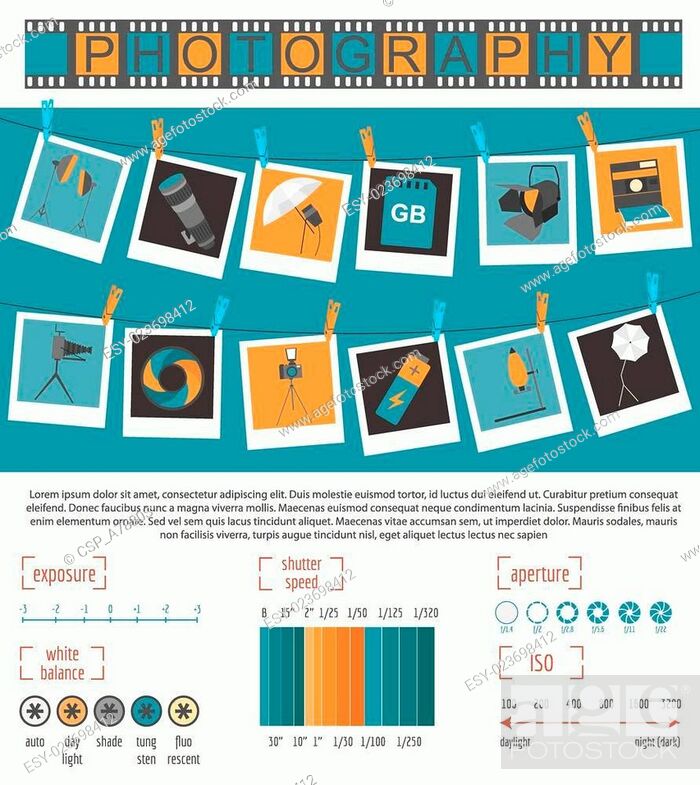What Every Digital Photographer Should Find Out About Lighting
What Every Digital Photographer Should Find Out About Lighting
Blog Article
Developed By-Hinson Covington
As a digital photographer, you understand that lighting can make or damage your images. Recognizing the subtleties of both natural and man-made light is important for recording the state of mind and clarity you aim for in your work. Whether you're chasing the ideal golden hour glow or tweak your fabricated setups, mastering these aspects can boost your photography dramatically. However there prevail mistakes that numerous overlook, and recognizing them can change your approach to every shoot. Let's discover what you might be missing out on and how it can influence your outcomes.
Understanding Natural Light
Comprehending all-natural light is crucial for any photographer looking to boost their work. It's the foundation of great digital photography, affecting mood, tone, and clarity. When you shoot outdoors, focus on the time of day. The gold hour-- soon after daybreak and prior to sunset-- provides soft, warm light that can transform regular scenes into magnificent pictures.
Do not undervalue the power of cloudy days. Cloud cover diffuses sunlight, creating a soft, even light that's excellent for pictures and macro digital photography. You'll locate shades appear this type of lights without harsh darkness.
Placing issues, as well. Constantly consider your topic's alignment to the light. If the sun's behind your topic, you may end up with a silhouette, which can be significant however mightn't be what you want. Alternatively, direct sunshine can develop unflattering shadows.
Try out angles; sometimes, changing your viewpoint can generate incredible outcomes. Usage all-natural reflectors, like water or sand, to bounce light onto your subject, adding dimension.
Learning Artificial Light
Grasping artificial light is vital for professional photographers that want to take their abilities to the following level. Whether you're making use of speedlights, studio strobes, or constant lights, understanding just how to control these resources can substantially boost your pictures.
Begin by acquainting on your own with the essentials of light high quality, direction, and color temperature. mouse click the following internet site with various modifiers like softboxes, umbrellas, or grids to control the soft qualities or harshness of the light.
You'll locate that soft light typically produces complementary outcomes, while harsher light can include drama and depth. Don't shy away from darkness; they can boost the three-dimensionality of your topics.
Pay attention to the placement of your lights. A light located also near your topic can create unflattering outcomes, while as well away can bring about a lack of detail. Use a light meter or your cam's pie chart to guarantee you're subjecting appropriately.
Finally, remember that fabricated light can be combined with ambient light for innovative results. Balancing these resources may take method, once you master it, your digital photography will really beam.
Techniques for Various Circumstances
When you enter different capturing scenarios, adapting your lighting strategies is critical for recording the most effective images. For exterior portraits, make use of the gold hour-- morning or late afternoon light-- to soften darkness and boost skin tones.
If it's a severe lunchtime sun, consider using a reflector to jump light back onto your topic or seek shaded areas for an extra even exposure.
In https://blogfreely.net/casey88huey/transform-your-portrait-photography-with-basic-strategies-that-boost-lighting -light scenarios, like interior occasions, boost your ISO and use a vast aperture to allow in more light. A tripod can aid eliminate cam shake, enabling longer exposures without blurring.
If you're contending night, explore off-camera flash to develop dynamic lighting and depth in your pictures.
For product photography, utilize diffused illumination to prevent severe representations. Softboxes or light outdoors tents can help attain this impact.
When photographing landscapes, take into consideration the direction of light and time of day, as it can dramatically alter the mood of your shot.
Constantly be ready to readjust your settings and placing based on the scenario, as flexibility is essential to understanding lighting in photography.
Final thought
Finally, mastering illumination is essential to elevating your photography skills. Accept natural light's beauty during golden hour, and don't shy away from try out man-made light methods. By adapting your method to different circumstances, you'll capture sensational images that reverberate with emotion and quality. Keep in mind, the right lighting can transform a common shot into something extraordinary, so keep practicing and fine-tuning your understanding of both natural and artificial light. Happy shooting!
